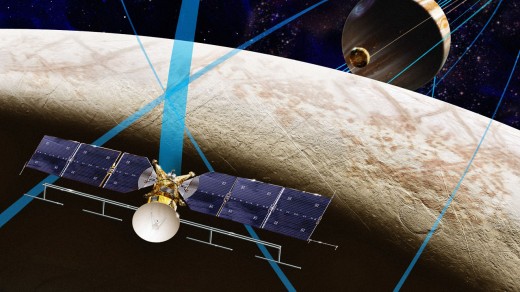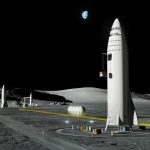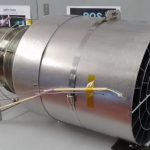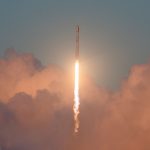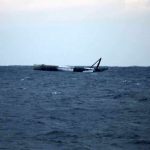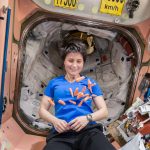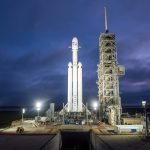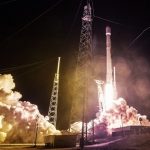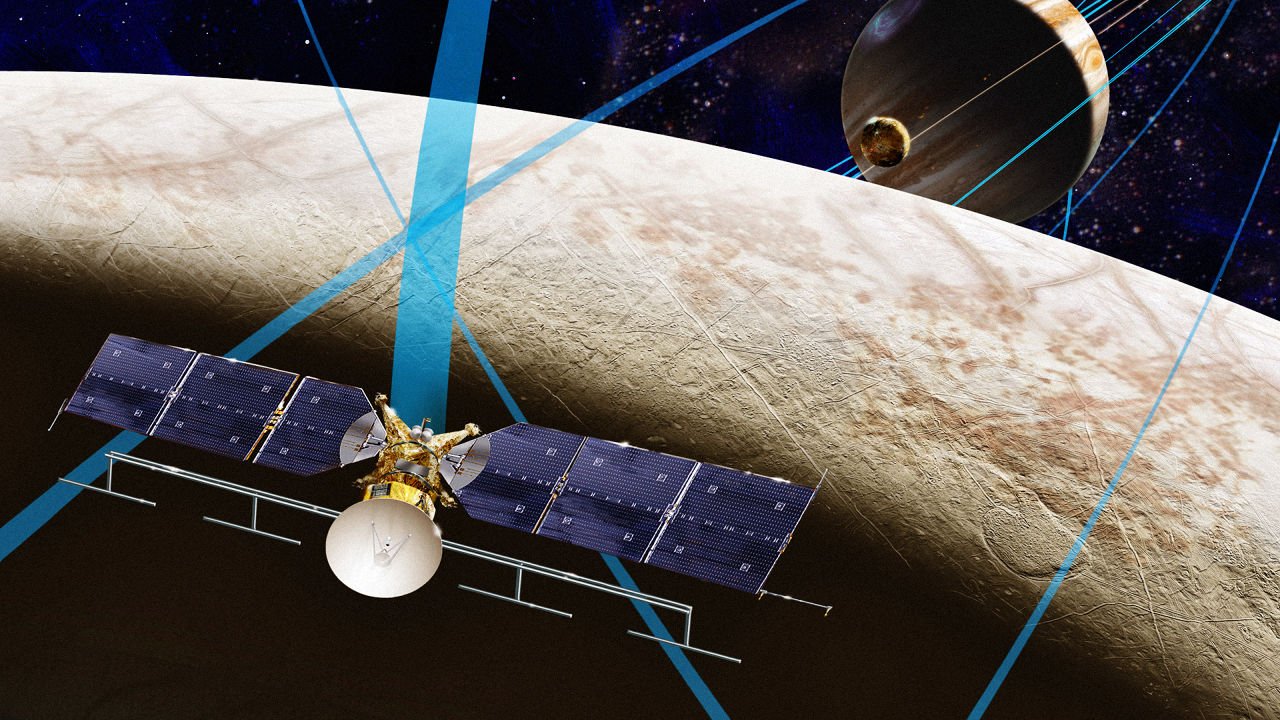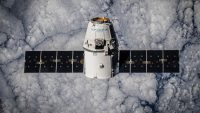How NASA’s Jet Propulsion Lab Is Branding Deep house Missions
whereas NASA’s Jet Propulsion Laboratory innovates area technology, its media family members department applies a an identical inventiveness to its social media strategies. right here, Veronica McGregor—creator of the NASA Social and Mars rover Twitter debts—discusses how its branding this 12 months’s deep space missions, and the teachings learned by way of staying authentic and being attentive to followers in prior social media campaigns.
March 6, 2015
It’s the 12 months of the Icy World.
With several interplanetary missions ramping up or hitting milestones this 12 months, NASA’s Jet Propulsion Laboratory needed a more cohesive option to show media and space lovers about projects managed by way of the Pasadena, California-primarily based space center or involving its scientists.
On March 6, the daybreak probe will commence orbiting Ceres, a dwarf planet in the asteroid belt between Mars and Jupiter. New Horizons will fly inside 7750 miles of the Pluto device on July 14. Cassini, exploring the Saturn system on account that 2004, will fly via Saturn’s moons Dione and Enceladus, through the latter’s 30-mile-excessive water geysers on its floor, later this yr. And the Europa Clipper plans are underway for an eventual ride to Jupiter’s moon, Europa, which may include a giant sub-floor ocean harboring lifestyles. information gleaned from these missions could provide clues as to the formation of the sunlight gadget and building blocks of existence.
as a consequence the Icy Worlds brand was born—launched with the aid of inviting traditional and social media players earlier remaining month to “sit back with JPL scientists at Icy Worlds Media Day,” by using journeying mission facilities, and listening to presentations from participants.

“It’s a better expertise for media to remain for half a day and learn about three or 4 missions directly, instead of one at a time,” says Veronica McGregor, JPL’s manager of media members of the family and social media. “So as a substitute of doing one icy world, it simply made feel to wrap them together, so folks keep in mind it’s thematic.
“There are scientists engaged on more than one missions at one time, and each mission has scientists from all over the place,” she provides. “the new Horizons mission to Pluto is run with the aid of the applied Physics Laboratory at Johns Hopkins university. however one of the most JPL scientists right here occurs to be working on it, so she can speak about it.”
Branding on a finances
JPL has lengthy stood out among NASA divisions for pioneering clever ways to clutch audiences—like its 7 Minutes of Terror video explaining the Curiosity touchdown expertise. It’s a strategy born from NASA ideas disallowing paid promotion, and the choice of former journalists and producers in its media relations ranks.
“i’ve two different contributors on my group to help with social media,” says McGregor, a former CNN producer. “We ran all the Curiosity marketing campaign and 20 other missions and initiatives. we might go to situations, like South-with the aid of-Southwest, and see corporate social media efforts that had been conflict rooms of individuals and screens. right here, it’s just the three of us.”
In 2008, McGregor created the first Mars spacecraft Twitter account, and the following 12 months, the NASA Tweetups, which turned into the NASA Socials, now employed company-huge. It’s a application granting NASA-engaged social media users similar credentials and get admission to as conventional journalists so they are able to spread house agency information among their communities. Such methods—now not simply apparent again then—unassumingly blossomed in a method no person foresaw.
Humanizing know-how
McGregor and her crew have been trying to figure out unfold the phrase about the Mars lander, Phoenix, which had the temerity to land on Mars on Memorial Day weekend.
“i assumed no person would get any information about this mission, as a result of no person would be paying consideration,” she says. “I thought of sending messages to mobile phones, when any person mentioned they’d heard about Twitter. I regarded it up, and it used to be free. We arrange an account, @MarsPhoenix, and started posting updates three weeks earlier than the landing.”
There was one quirk—Mcgregor gave the craft a character. The Mars Phoenix account bio read “I dig Mars”—a play on its mission to dig samples within the planet’s polar region—and posted within the first individual.
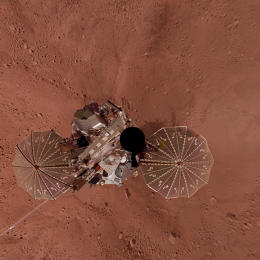
“the businesses already on Twitter had been simply posting press unlock headlines, and it appeared boring,” says McGregor. “Then I’d see folks posting their very own bills, which were very conversational and a lot more fun. I posted within the 0.33 and first particular person to look what would occur, and everyone responded to the primary person, asking questions, wishing just right success on the landing. Then bloggers began writing about it, and it ended up being the fifth most followed account on Twitter that summer. [Twitter co-founder] Biz Stone referred to as it one of the best surprising use of Twitter he’d ever seen.”
along the best way, they discovered and integrated some precious lessons about engagement:
We discovered from our followers. the primary image Phoenix tweeted from Mars was once worse than a selfie—just a black and white shot of a sunlight panel. Followers have been exasperated. “Why did they do that?” they spoke back. “do not they have got coloration cameras?”
McGregor laughs on the reminiscence. “We’d by no means defined to folks why the primary image was going to be of the sunlight panel,” she says. “If that hadn’t opened, the mission would have died in one hour. And we did have coloration cameras. We just assumed folks knew these little details. Now we don’t think anything. We even began rewriting our press releases to provide an explanation for upfront one of the vital mission nuances.”

really have interaction together with your audience. “people had been amazed that NASA was in truth answering their questions,” says McGregor. “We spent the simpler part of 2008 working that Twitter account to maintain it as conversational as possible. Our intention has all the time been that more than 50% of our tweets be replies. We don’t simply push information out—it’s now not as enjoyable and fascinating, and that i don’t suppose we’d have as many followers as we do.”
Be authentic. “when you’re not authentic and honest, you’ll come below fireplace,” she provides. “I made sure people knew the spacecraft itself wasn’t tweeting, and had day-to-day teleconferences with the mission workforce, so I at all times knew the latest science. You don’t need to overstate discoveries or the health of the mission.”
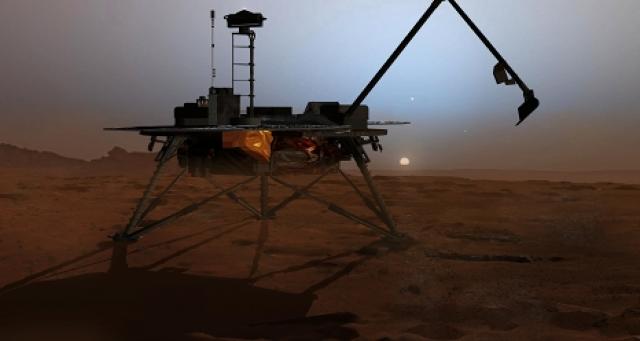
saying Goodbye and the appearance of the NASA Social
When the Phoenix mission got here to an expected end that fall (after the sun acquired too low to charge the sunlight panels), McGregor discovered herself the caretaker of forty,000 mourners.
“There was once a huge outpouring of grief from the followers,” says McGregor. “a lot of people were in tears. I was once in tears composing the final tweet. I’d been making ready people for weeks: ‘Don’t fear about me, I’m more than pleased,’ ‘I’ll be right here for eons.’ It makes me choke up still to talk about it. i believed loads about it—how do you tweet after you’ve supposedly lost contact? I not directly decided on binary code, as its ultimate gasp of communique again to Earth. I used to be sure there were followers who may translate it.”
Phoenix’s last phrase was once an inside of comic story with followers. the first on the Phoenix Twitter feed had been devotees of the puzzle sport, Portal, which has an finish credit track that starts, ‘this can be a triumph.’ “That summer season, I kept getting tweets with those lyrics, so I knew the word ‘Triumph’ used to be going to resonate,” she says.
“It didn’t take a second sooner than the first particular person tweeted again ‘Triumph.'”
Now what?
“I’d inspired them to sign up for other JPL Twitter money owed prior to Phoenix died,” says McGregor. “however it could have been insane to depart forty,000 people just sitting there, and inauthentic to vary the identify of the account, so I determined to do a NASA Social—or Tweetup, as it was referred to as then—as a method of thanking followers, bringing them collectively, and giving them special get right of entry to.”

the first, in January 2009, enabled 130 individuals (paying their very own technique to JPL) to speak with mission scientists and engineers, view an under-building Curiosity, and tour the mission regulate space of NASA’s Deep house community, that monitors interplanetary and Earth-orbiting probes.
“We concerned that we wouldn’t be able to get folks to pressure throughout town in LA. but the day we opened, we had purposes from all over the arena,” says McGregor. “at the adventure, many met each and every other for the primary time face-to-face. It united them as a gaggle and so they was very cohesive. They created their very own fb communities and native occasions. There’s now a NASA Social alumni crew of 3,000 or more available in the market following and retweeting comments from subsequent NASA Socials.”
Gaging each audience
JPL now manages one umbrella and greater than 20 mission-specific Twitter accounts—including these for morning time, Cassini, and in the end, Europa—drawing greater than 5.3 million total followers. (New Horizons is managed by using another agency.) With all that traffic, you’d suppose they’d encountered all method of responses, however every so regularly they’re thrown a curve ball.

Take the Asteroid Watch Twitter account, established to alert its 1.2 million followers to news about near-Earth objects, which JPL manages for NASA. it is JPL’s 2nd-largest account after Curiosity’s 1.eight million followers. Asteroids passing as regards to Earth present exciting potentialities for scientists in the hunt for information, however unnerving ones for Doomsday prophets.
“Whereas the opposite bills entice house lovers, this account is more about allaying panic,” says McGregor. “We let people comprehend prematurely that the pass will be protected. It’s also turn into a spot the place individuals began reporting extraordinary sightings—largely fireballs [very bright meteors]. We acquired one of the crucial first tweets of the Chelyabinsk meteor and shockwave. That’s once we started waking up our meteor experts.”

Buzz Begat Press
Slowly, social media began to impact the best way conventional media coated JPL and other NASA divisions. Their buzz induced calls from journalists.
“individuals did not understand what was inquisitive about protecting a mission, how difficult it was once to maneuver the spacecraft,” says McGregor. “earlier than, the media tended to quilt launches, landings, and bad information. however as people began listening to and taking about about little milestone on social media, the clicking become fascinated with protecting that more or less information. there may be an enormous selection of space and science advocates, and they’re starved for that subject material.”
[Illustration: courtesy of NASA]
(129)

